Berlin hits different than other European capitals. This city wears its complicated history on every street corner, from bullet holes still visible on buildings to world-class museums built where the Berlin Wall once divided families. But don’t expect some stuffy historical monument – Berlin pulses with energy, creativity, and a nightlife scene that puts most cities to shame.
I’ve spent countless hours exploring this fascinating city, and honestly? Three days barely scratches the surface. Whether you’re drawn to Cold War history, want to party until sunrise, or just need to see what all the fuss is about, Berlin delivers experiences you won’t find anywhere else.
Here’s what actually matters when you visit Berlin, based on real experience navigating this sprawling, sometimes confusing, always surprising city.
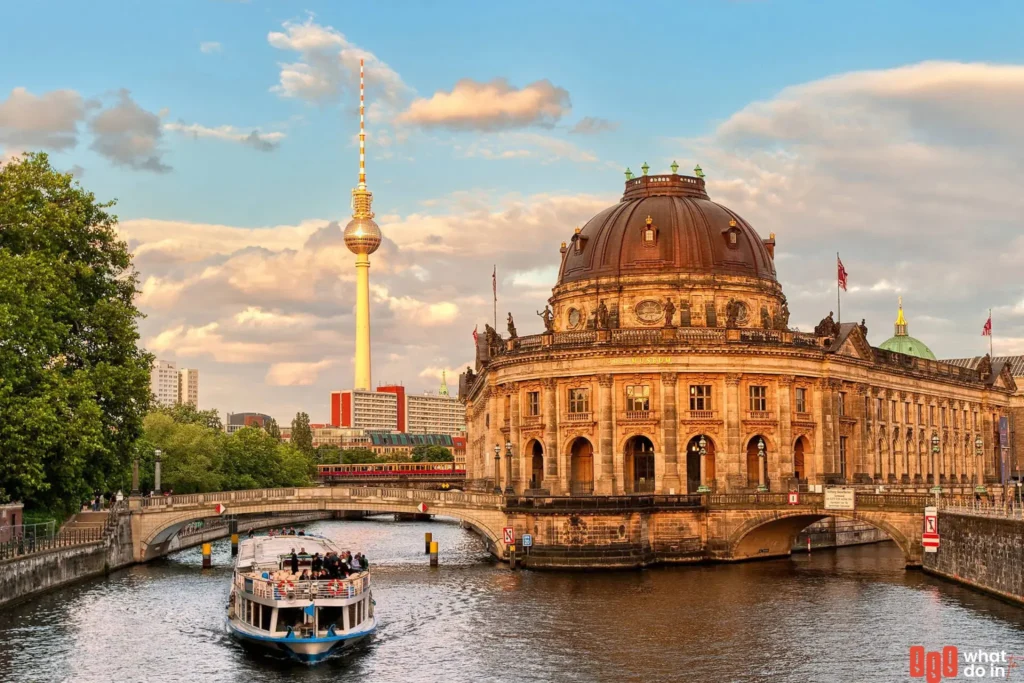
Historical sites you can’t skip
Berlin Wall Memorial and East Side Gallery
The Berlin Wall isn’t just one location – it’s scattered across the city in different forms, each telling part of the story. Start at the Berlin Wall Memorial on Bernauer Strasse. This is where you’ll get the full picture of what the wall actually meant for families torn apart overnight in 1961.
The memorial includes a preserved section of the wall, watchtowers, and the “death strip” where East German guards shot people trying to escape. It’s heavy stuff, but the audio guide does an excellent job explaining how ordinary people lived with this concrete barrier cutting through their neighborhoods.
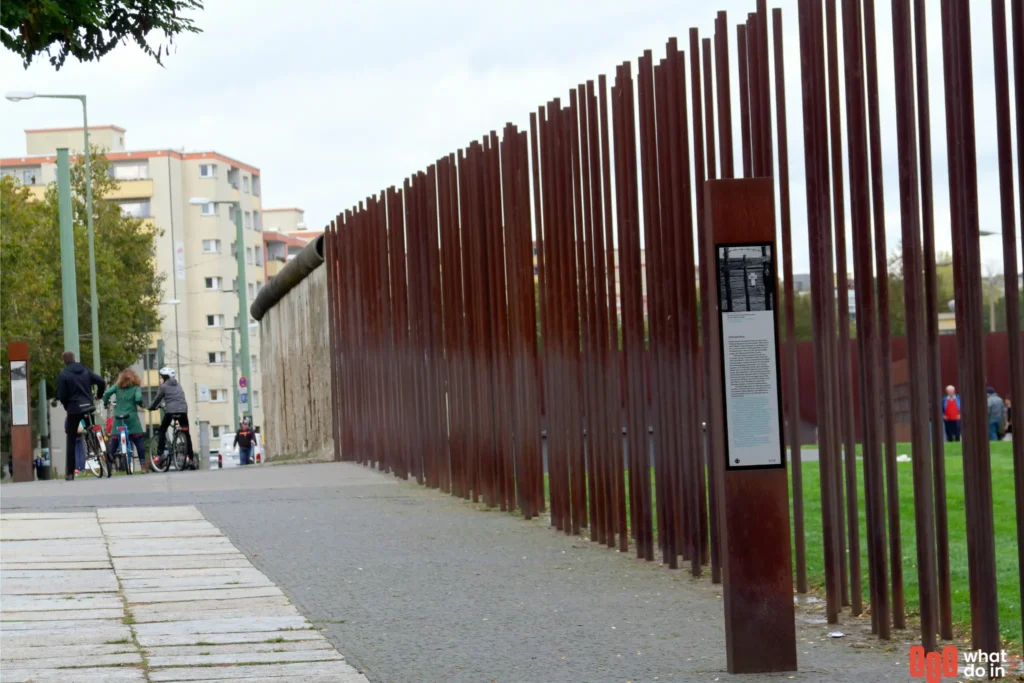
From there, head to the East Side Gallery – the longest remaining section of the wall, now covered in murals by international artists. The famous “Fraternal Kiss” between Soviet leader Brezhnev and East German leader Honecker is here, along with dozens of other powerful pieces. Fair warning: it gets crowded, especially around the iconic sections.
Pro tip: Visit the memorial early morning or late afternoon to avoid tour groups. The East Side Gallery is best seen on weekdays if possible.
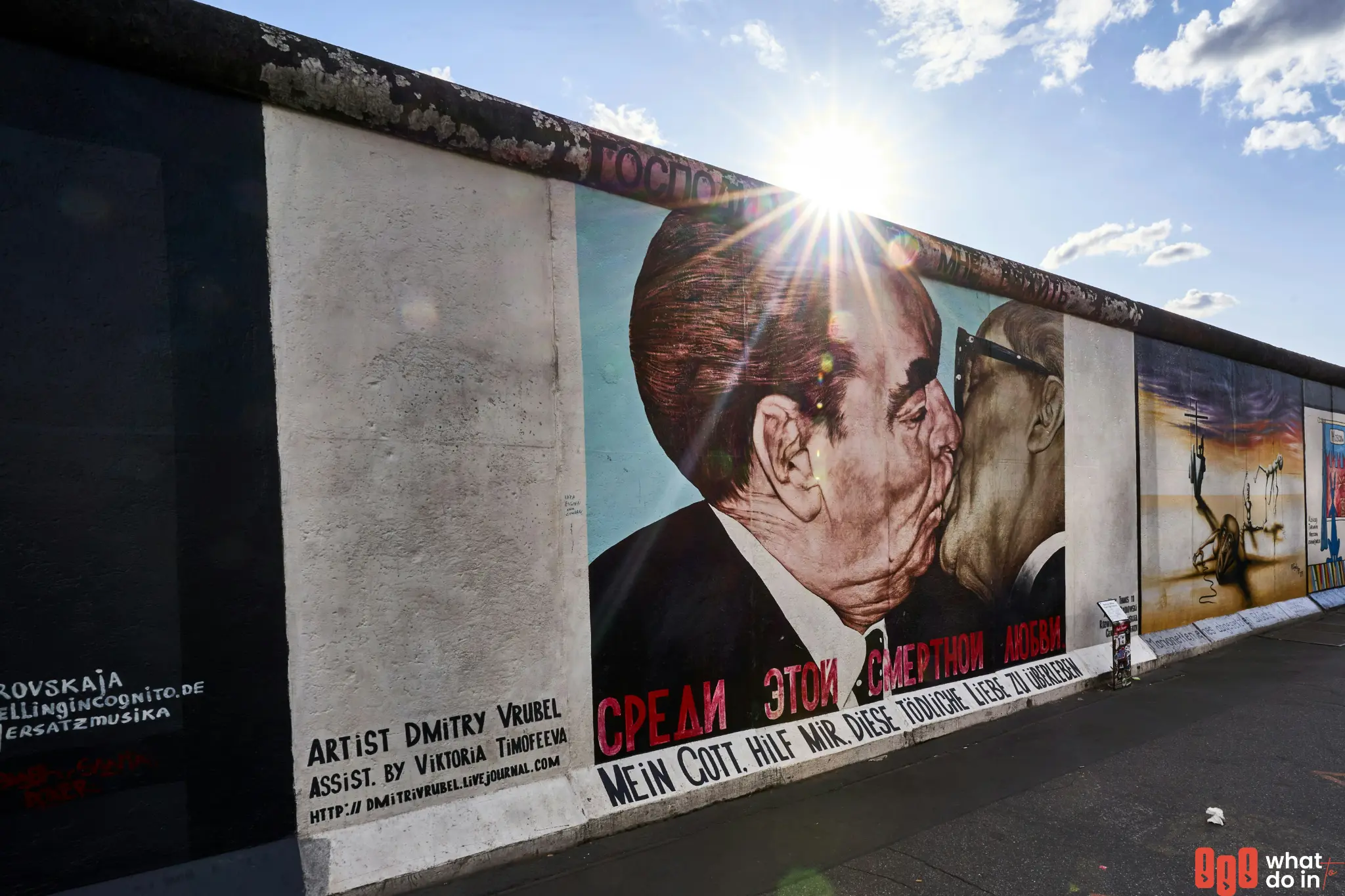
Brandenburg Gate and Reichstag Building
You’ve seen the Brandenburg Gate in movies, but standing underneath those massive columns feels different in person. This neoclassical monument has witnessed Napoleon’s armies, Nazi parades, and the fall of the Berlin Wall. Today it’s Berlin’s most recognizable symbol and a popular meeting spot.
Walk through the gate toward the Reichstag Building, home to Germany’s parliament. The glass dome on top offers panoramic city views, but you need to register online in advance – sometimes weeks ahead during peak season. The free audio guide explains the building’s turbulent history, including the 1933 fire that helped Hitler seize power.
If you can’t get Reichstag tickets, the nearby Tiergarten park provides great views of both monuments, plus space to breathe after all that history.
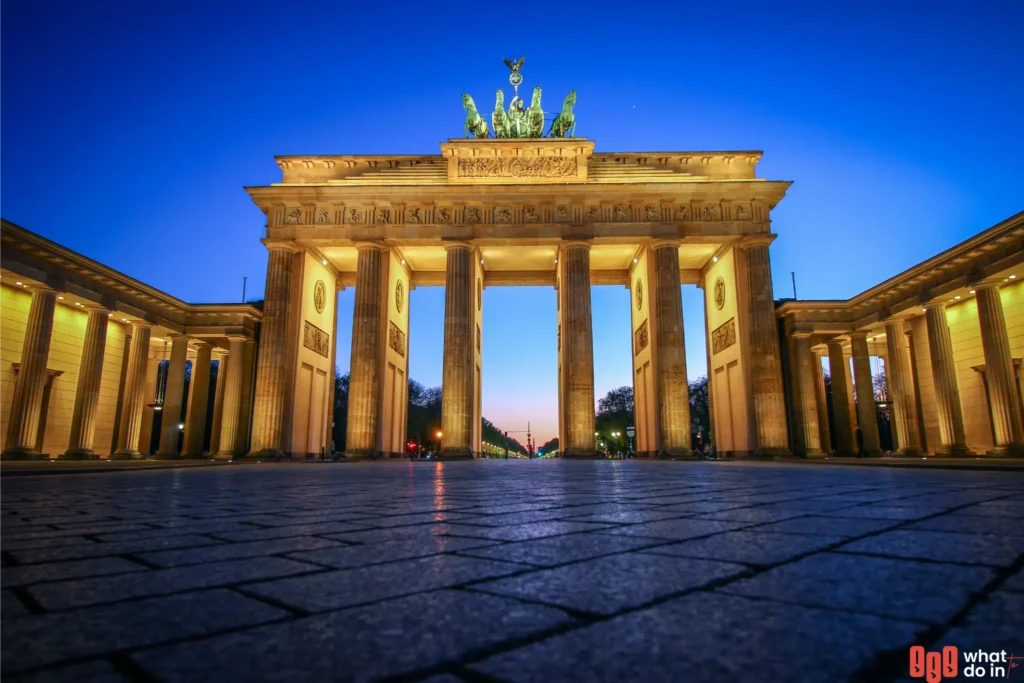
Holocaust Memorial
The Memorial to the Murdered Jews of Europe sits right in central Berlin – 2,711 concrete slabs of varying heights creating a maze-like field. Some people find it moving, others confusing. There’s no right way to experience it.
The underground information center provides context with personal stories, photographs, and historical documentation. This part requires more time and emotional energy, but it helps make sense of the memorial above ground.
The memorial is free and open 24/7, though the information center has regular hours and charges a small fee.
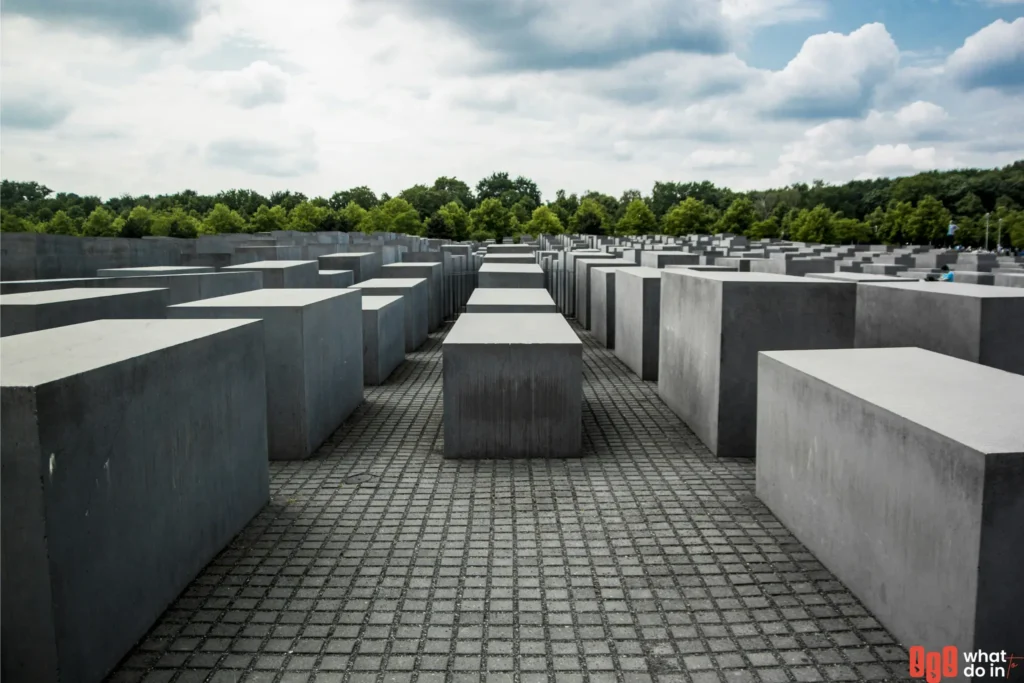
Museums and cultural attractions
Museum Island
Five world-class museums on one small island in the Spree River – that’s Museum Island, a UNESCO World Heritage site celebrating its 200th anniversary. You could spend days here, but most visitors focus on one or two museums.
The Pergamon Museum houses massive ancient structures like the Pergamon Altar and Ishtar Gate of Babylon. It’s impressive but often packed. The Neues Museum displays the famous bust of Nefertiti and Egyptian collections. The Altes Museum focuses on Greek and Roman antiquities.
Budget tip: The Museum Island day pass covers all five museums for €19, versus €12 per individual museum. Students get significant discounts.
Jewish Museum Berlin
This museum goes way beyond Holocaust history to explore 2,000 years of German-Jewish life. The building itself, designed by Daniel Libeskind, tells a story through its angular architecture and deliberate dead ends.
The permanent exhibition covers everything from medieval Jewish communities to contemporary Jewish life in Germany. Plan at least 2-3 hours – there’s a lot to process here.
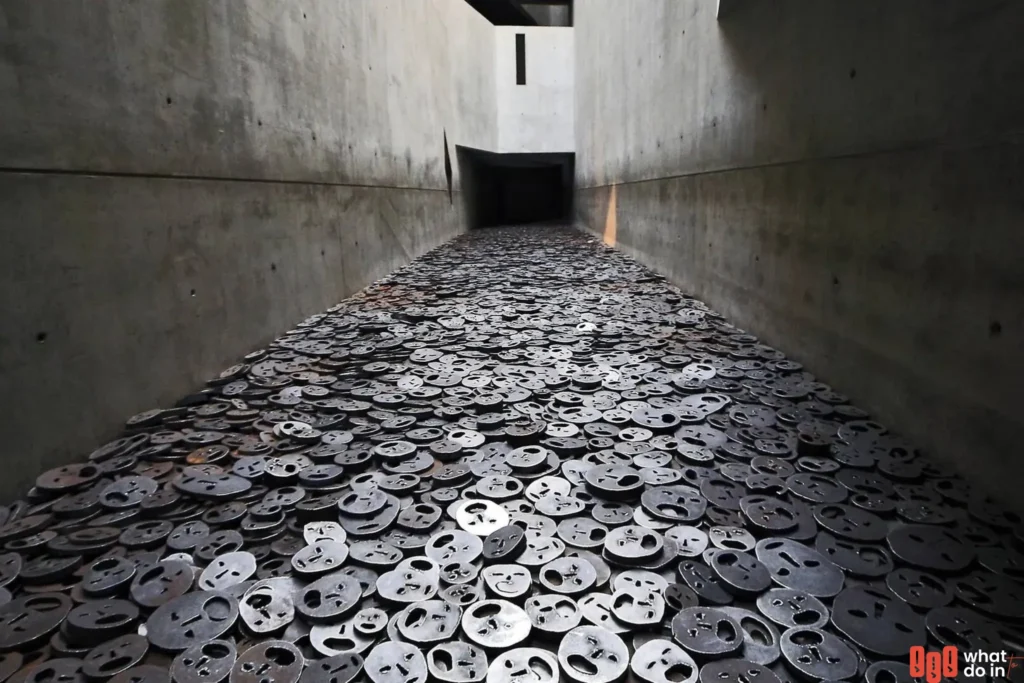
Topography of Terror
Built on the former site of Nazi SS headquarters, this documentation center examines how the Nazi regime operated. The outdoor exhibition along remaining sections of the Berlin Wall is free and provides crucial context for understanding Berlin’s 20th-century history.
It’s not an easy visit, but it’s important for understanding how ordinary people became complicit in extraordinary evil.
Neighborhoods worth exploring
Mitte
Mitte means “middle” and that’s exactly what this neighborhood is – the historical center where most major attractions cluster together. Beyond the tourist sites, Mitte offers excellent restaurants, boutique shopping, and some of Berlin’s best people-watching.
Hackesche Höfe, a series of Art Nouveau courtyards from 1907, showcases how Berlin blends historical architecture with modern life. The courtyards house cafes, galleries, and shops, while nearby Haus Schwarzenberg maintains a grittier, more alternative vibe with street art and independent venues
Prenzlauer Berg
Once part of East Berlin, Prenzlauer Berg transformed from a crumbling working-class district to one of the city’s most desirable neighborhoods. Tree-lined streets, restored 19th-century buildings, and family-friendly cafes define the area today.
Kollwitzplatz hosts a weekend farmers market, while Kastanienallee offers vintage shopping and casual dining. This neighborhood shows how Berlin reinvented itself after reunification.
Kreuzberg
Kreuzberg embodies Berlin’s alternative spirit. Turkish immigrants settled here in the 1960s, creating a multicultural community that still defines the neighborhood’s character. You’ll find the best döner kebabs in the city here, along with punk bars, independent galleries, and a general sense that anything goes.
Görlitzer Park can feel sketchy after dark, but during the day it’s where locals hang out, especially when weather’s nice.
Food and drink experiences
Currywurst and street food
Currywurst – sliced bratwurst covered in curry-spiced ketchup – might sound weird, but it’s Berlin comfort food. Zur Letzten Instanz, Berlin’s oldest restaurant (dating to 1621), serves traditional German dishes, but honestly? Some of the best food comes from street vendors and casual spots.
Berlin’s döner kebab scene rivals Istanbul’s. Turkish immigrants adapted their traditional recipes for German tastes, creating something uniquely Berlin. Try Mustafa’s Gemüse Kebap for the most famous version, but expect long lines.
Beer gardens and local bars
Germans take their beer seriously, and Berlin offers everything from traditional beer gardens to craft breweries. Prater Garten in Prenzlauer Berg claims to be Berlin’s oldest beer garden, serving simple food and local beers under chestnut trees.
For something different, try a Späti – small convenience stores that sell beer and snacks, often staying open late. It’s a very Berlin way to grab drinks and hang out on the street.
Nightlife and entertainment
Club scene
Berlin’s techno scene is legendary, but getting into famous clubs like Berghain requires strategy, patience, and luck. Dress in black, don’t be too drunk, and prepare for a potentially long wait with no guarantee of entry.
Easier alternatives include Watergate (electronic music with river views), Sisyphos (outdoor areas and more relaxed vibe), and smaller venues in Kreuzberg and Friedrichshain. Many clubs don’t get busy until 2 AM and stay open through Sunday afternoon.
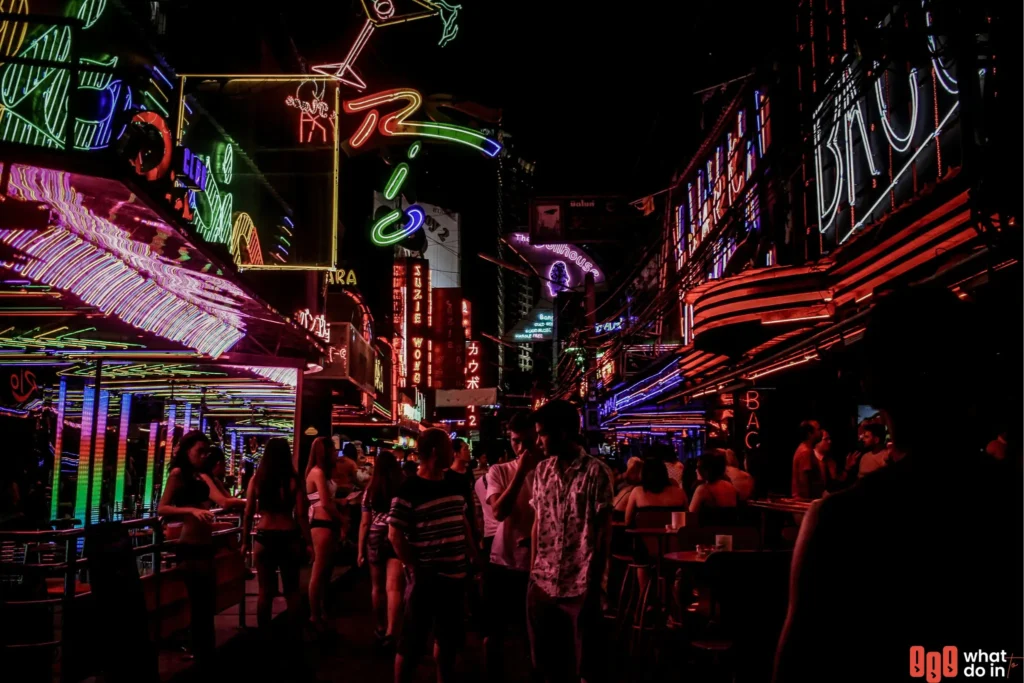
Alternative entertainment
Berlin’s cultural scene extends beyond clubs. Catch a movie at one of the city’s many cinemas – some show films in original languages with German subtitles. The city also hosts numerous festivals throughout the year, from film festivals to street art events.
Practical information for visitors
Getting around Berlin
Berlin’s public transportation system (BVG) includes buses, trams, U-Bahn (subway), and S-Bahn (regional trains). A day pass for zones A and B (covering most tourist areas) costs €8.80. Buy tickets from machines at stations – just remember to validate them before boarding.
Walking and cycling work well for central areas. Berlin is relatively flat and bike-friendly, with rental options throughout the city.
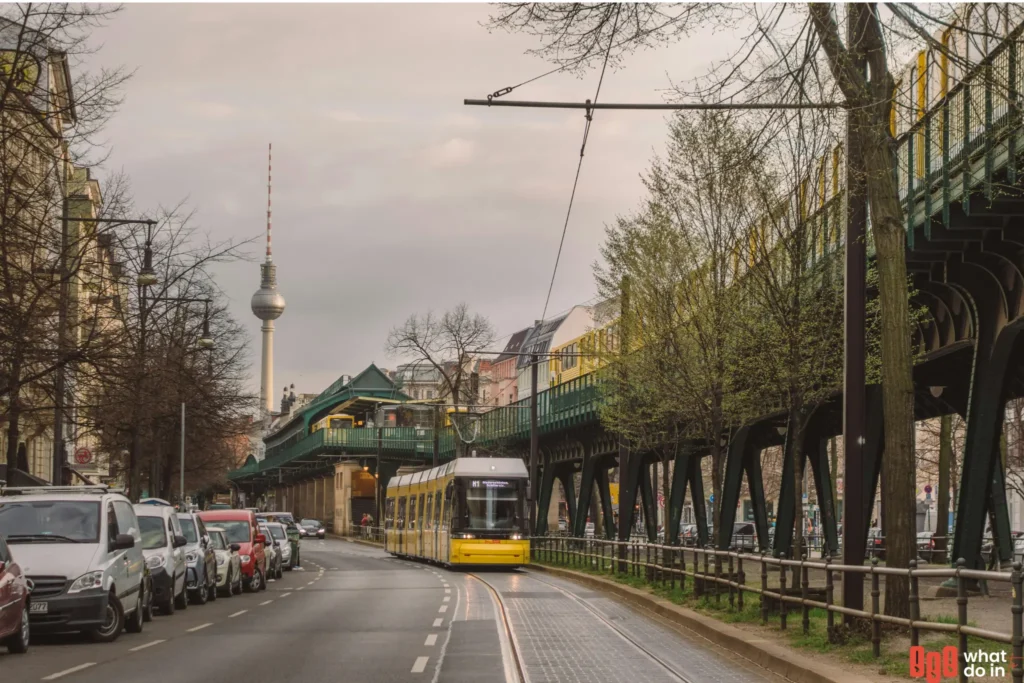
Budget planning
Berlin remains more affordable than Paris or London, but costs add up quickly. Here’s a realistic daily budget breakdown:
- Budget traveler: €50-70 (hostel, street food, free attractions)
- Mid-range: €100-150 (decent hotel, restaurant meals, paid attractions)
- Luxury: €200+ (upscale accommodations, fine dining, private tours)
Many major attractions offer student discounts, and several museums have free admission on certain days.
Seasonal considerations
Berlin’s weather varies dramatically by season. Summer (June-August) brings long days, outdoor festivals, and crowded attractions. Winter can be gray and cold, but Christmas markets add charm, and you’ll have museums mostly to yourself.
Spring and fall offer the best balance – decent weather, fewer crowds, and lower accommodation prices.
Accessibility information
Most major attractions and public transportation accommodate wheelchair users, though some historical sites have limitations due to their age. The Berlin tourism website provides detailed accessibility information for specific venues.
Many museums offer audio guides in multiple languages and special programs for visitors with visual or hearing impairments.
Day trip options
Potsdam and Sanssouci Palace
Just 30 minutes by train from Berlin, Potsdam offers a completely different atmosphere. Sanssouci Palace, Frederick the Great’s summer residence, showcases Prussian royal life with elaborate gardens and rococo architecture.
The town itself survived WWII bombing better than Berlin, so you’ll see more intact historical architecture. It makes for a nice contrast to Berlin’s urban energy.
Sachsenhausen Concentration Camp
This former concentration camp, about an hour north of Berlin, operated from 1936 to 1945. The memorial site preserves original buildings and provides detailed information about the camp’s history.
It’s a difficult but important visit that adds context to Berlin’s historical sites. Free guided tours are available in multiple languages.
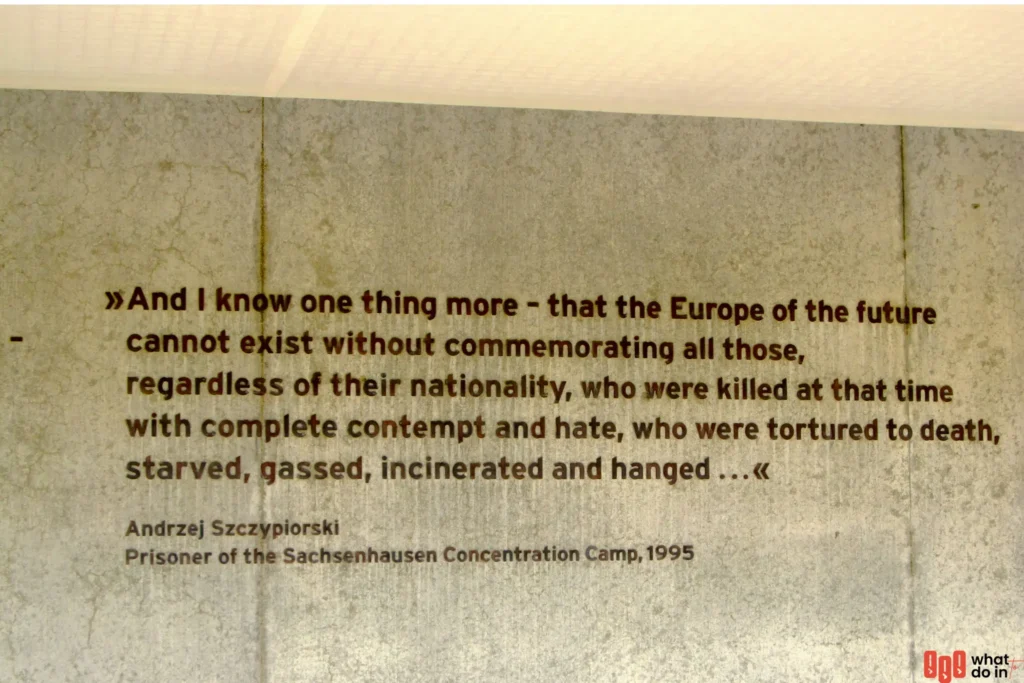
Final thoughts
Berlin doesn’t reveal all its secrets quickly. This city rewards curiosity, patience, and a willingness to wander down unfamiliar streets. Whether you’re here for the history, the nightlife, or just to see what all the fuss is about, give yourself time to let Berlin work its particular magic on you.
The city that once symbolized division now represents possibility – and that transformation continues every day in ways both obvious and subtle. Come see for yourself what makes Berlin unlike anywhere else in Europe.
